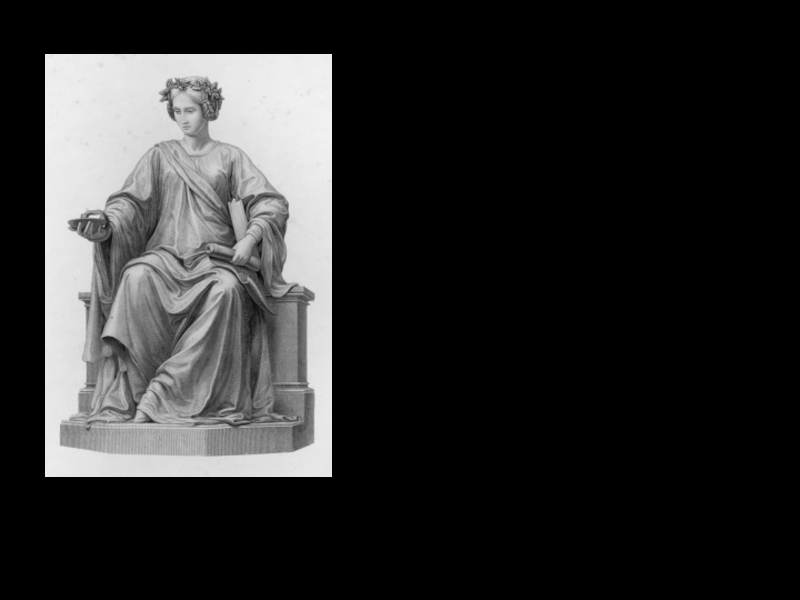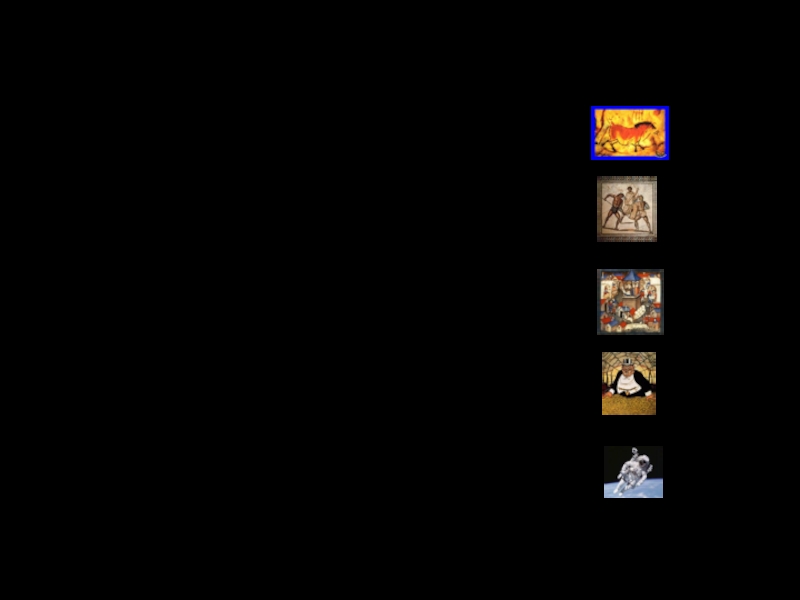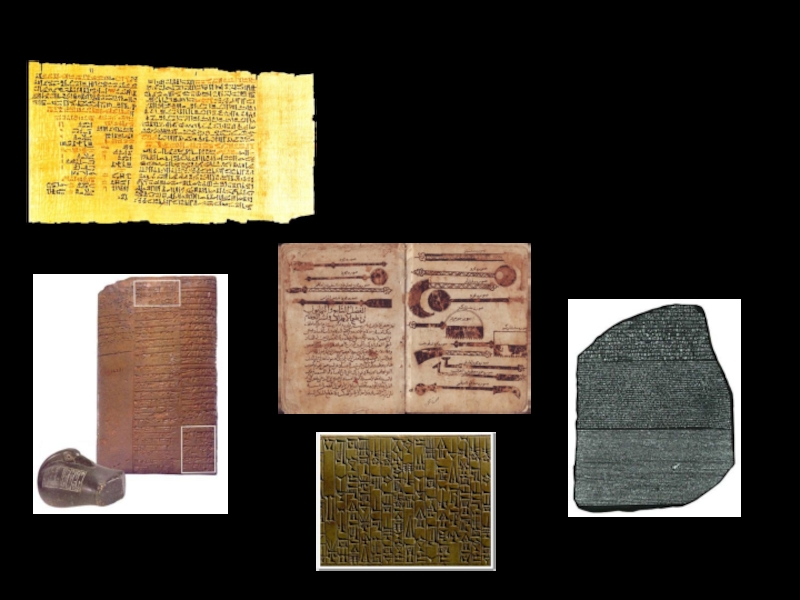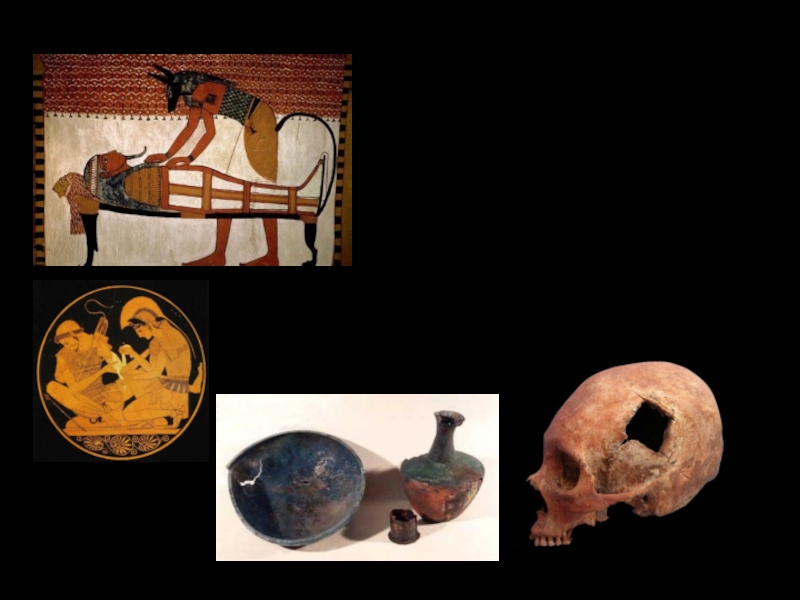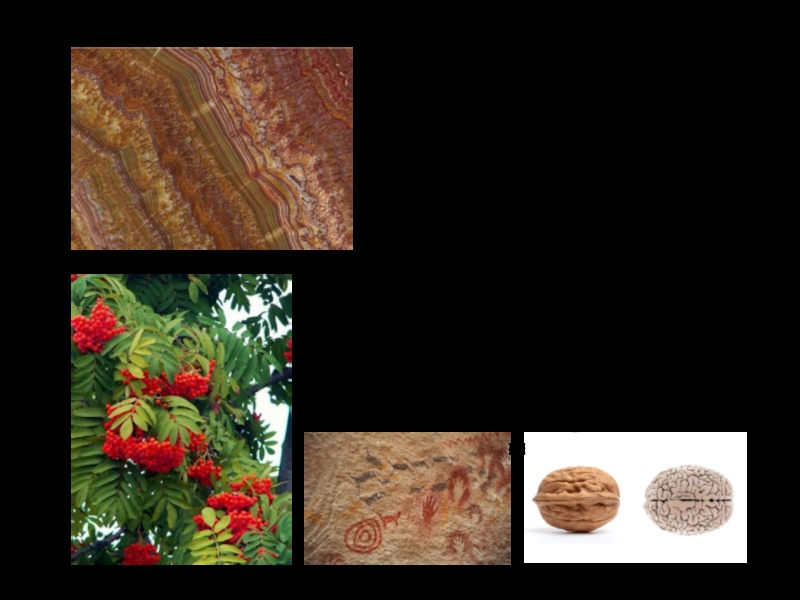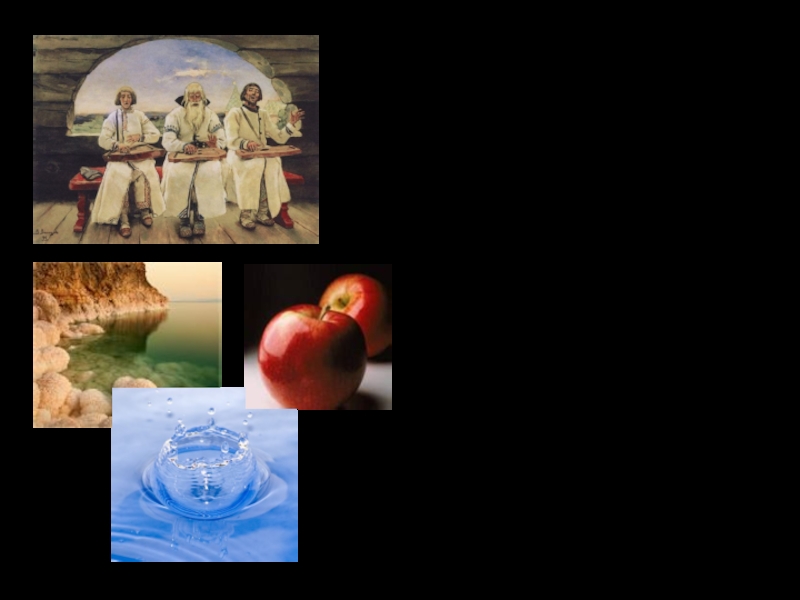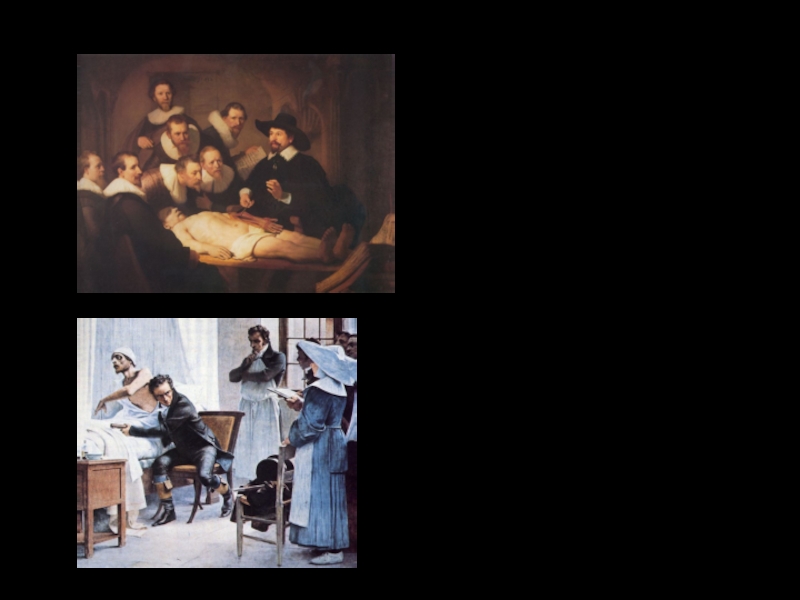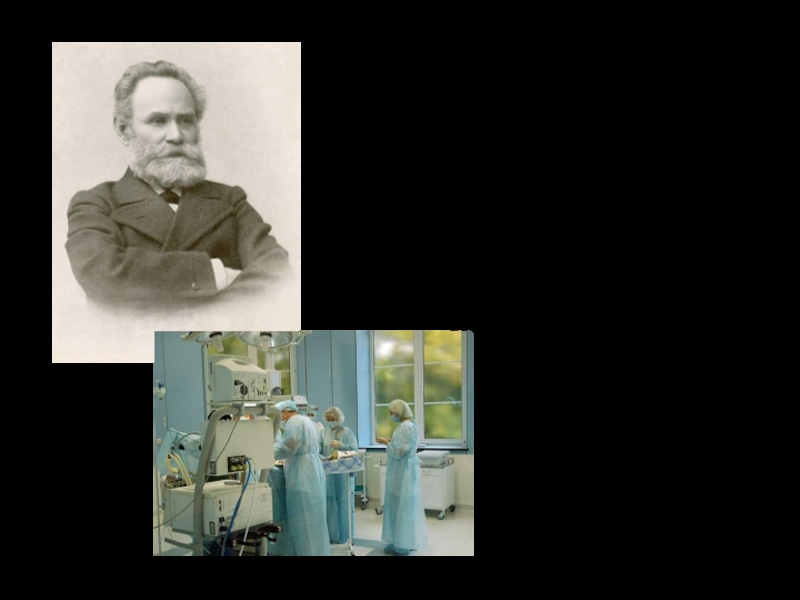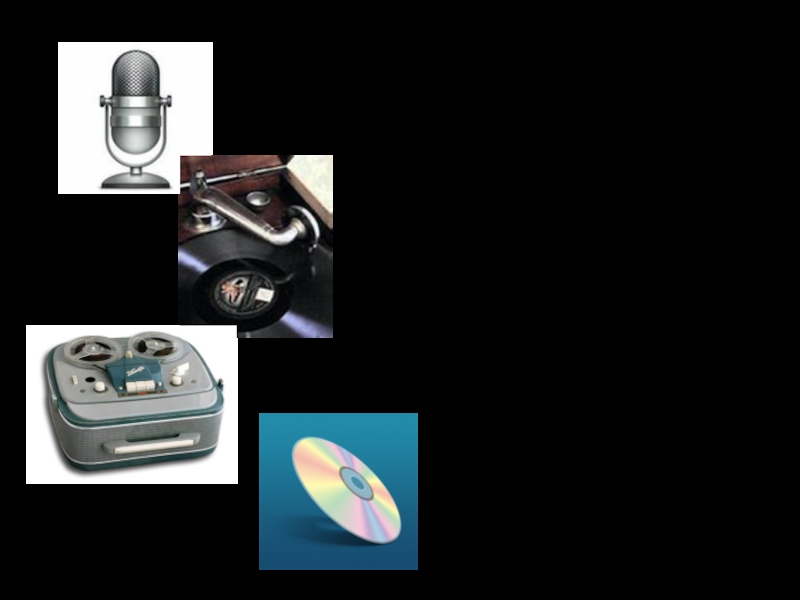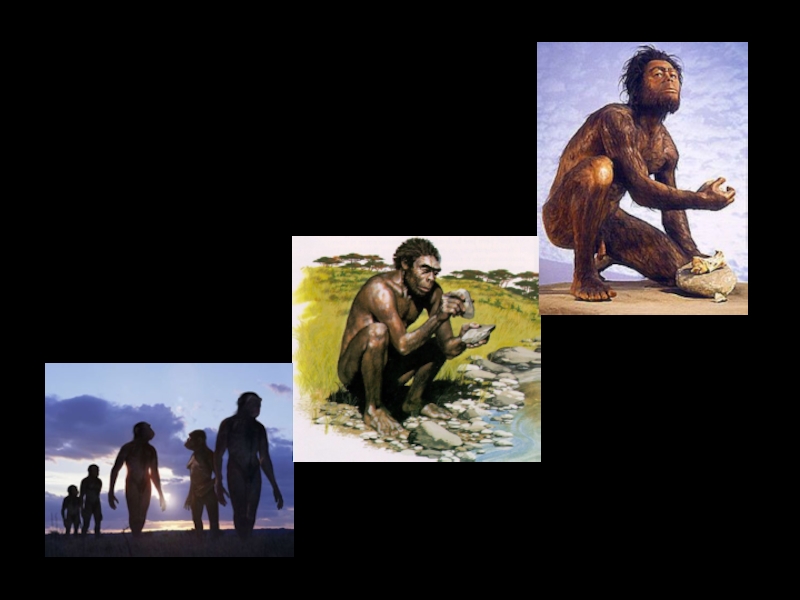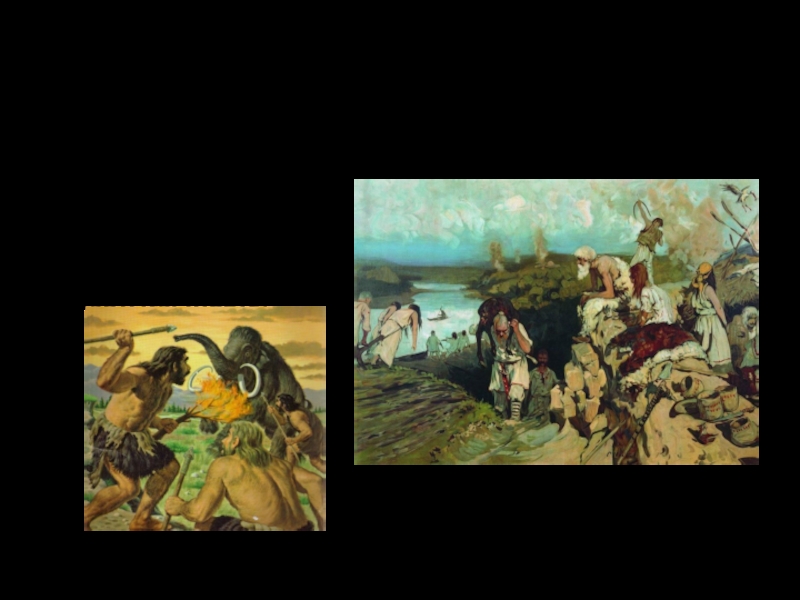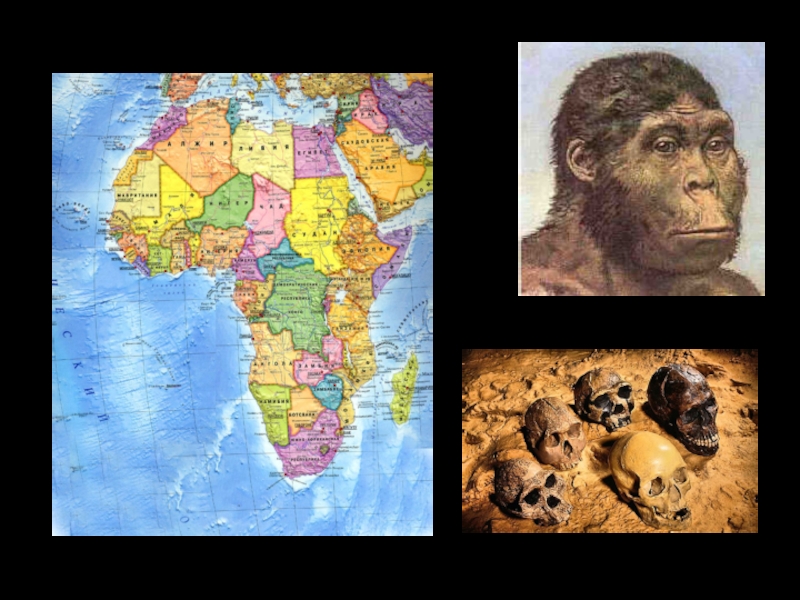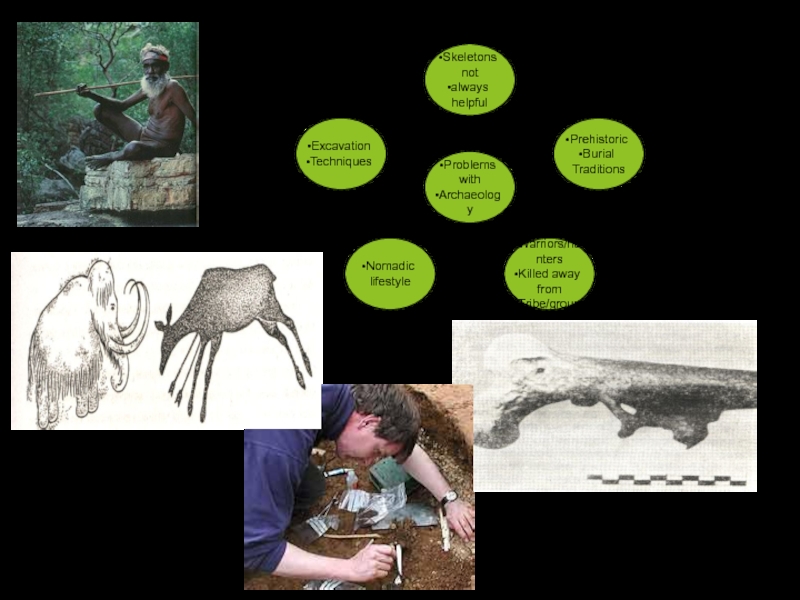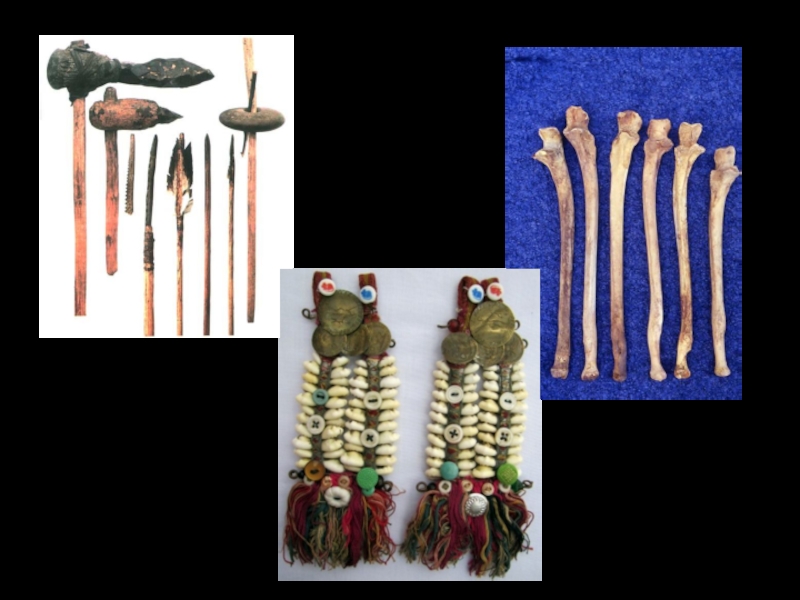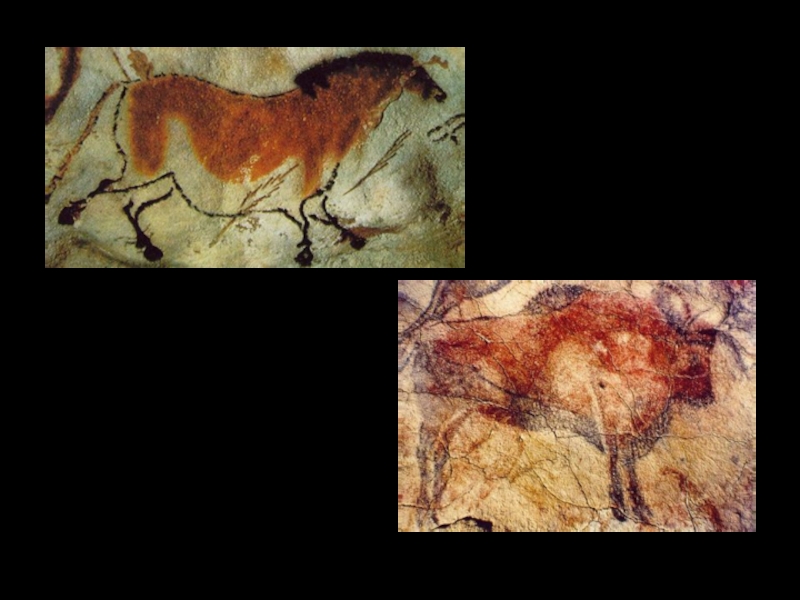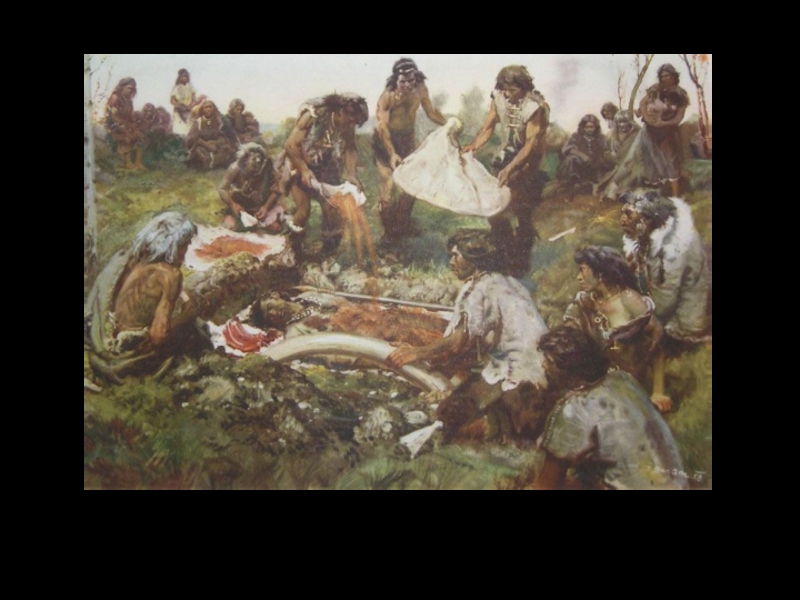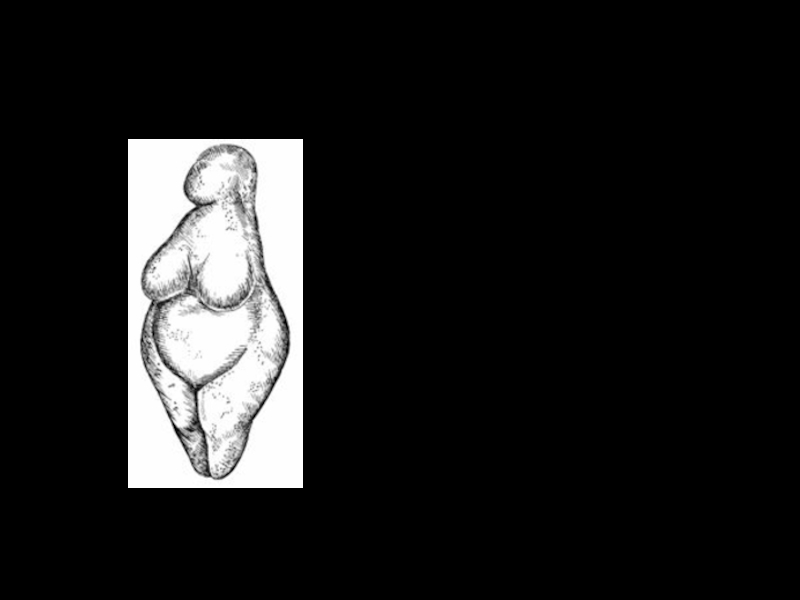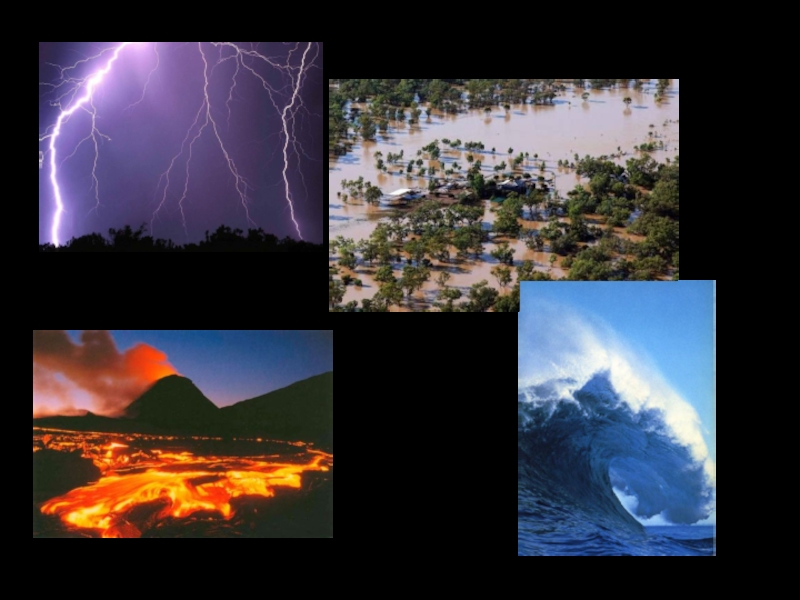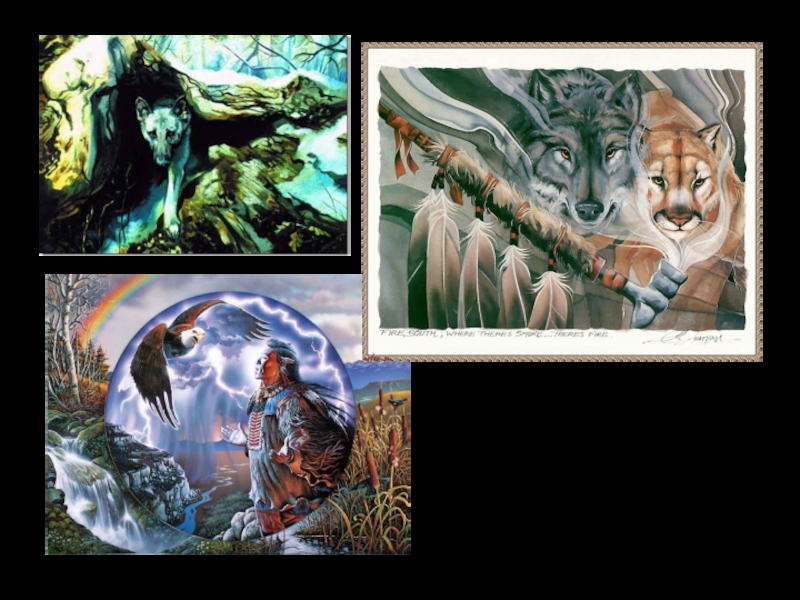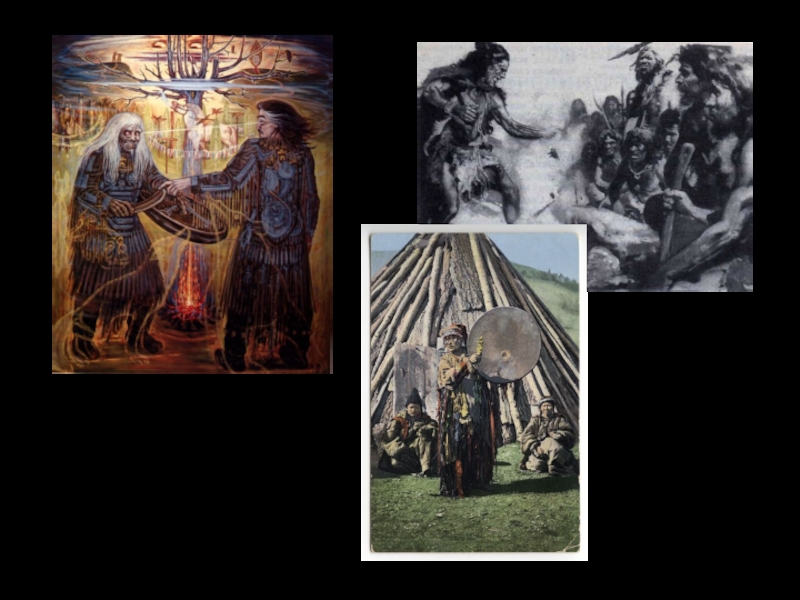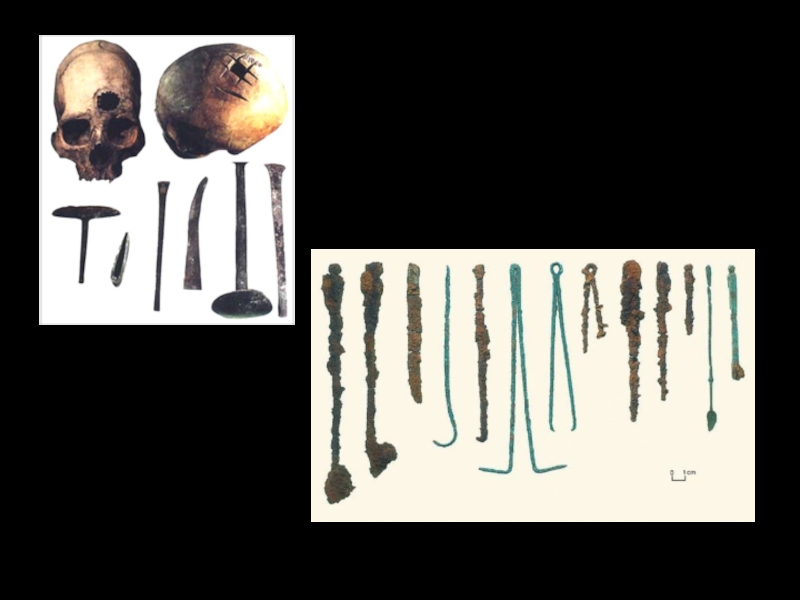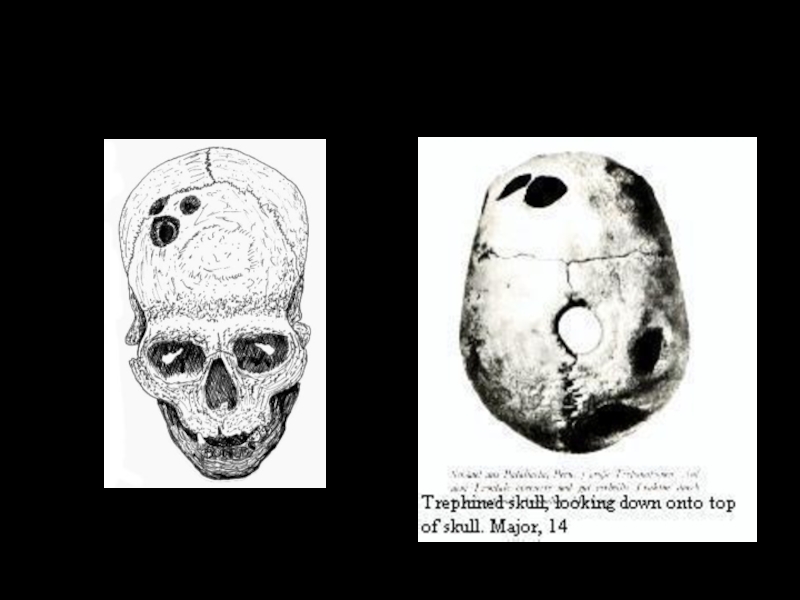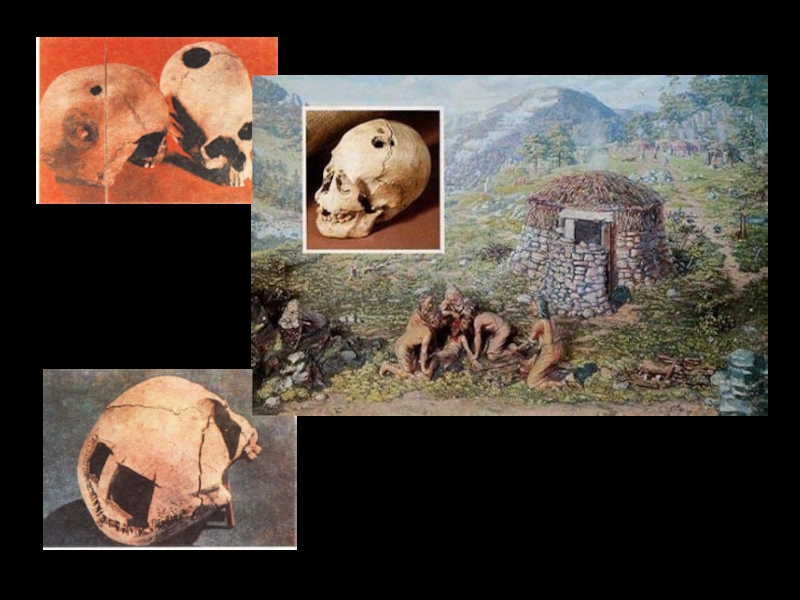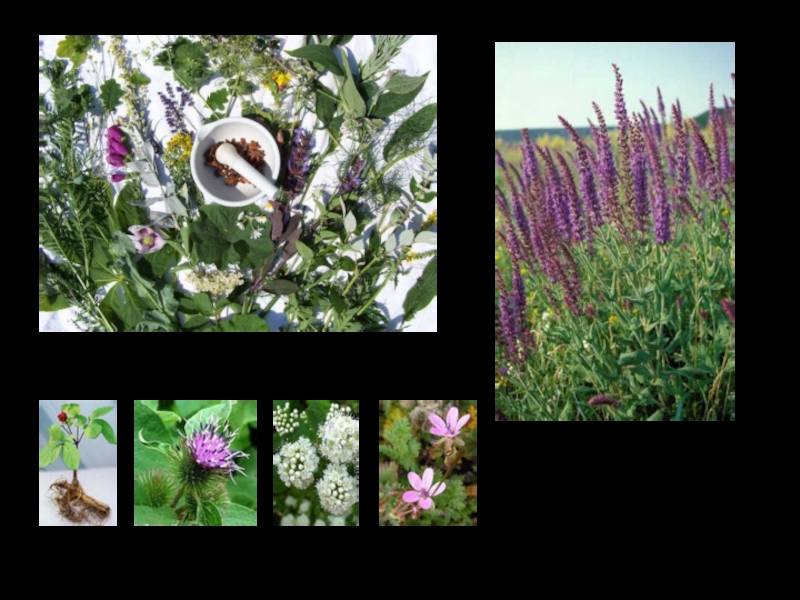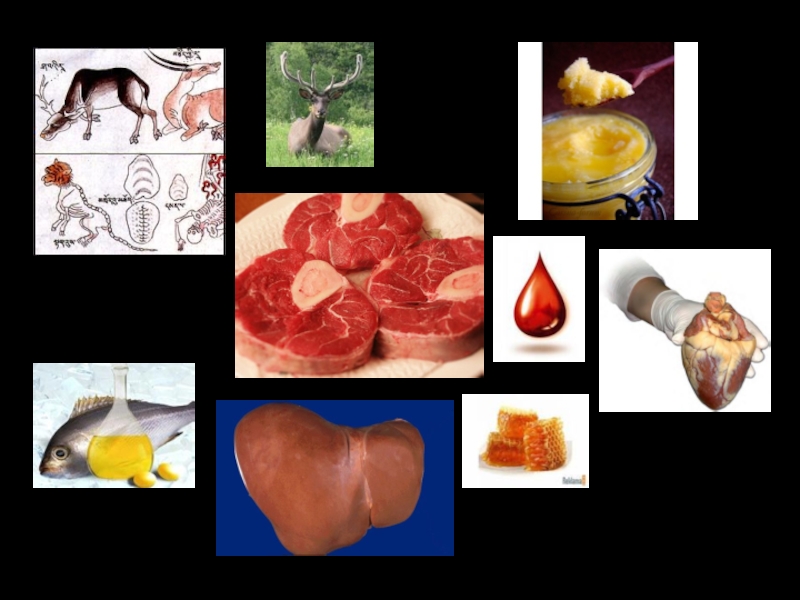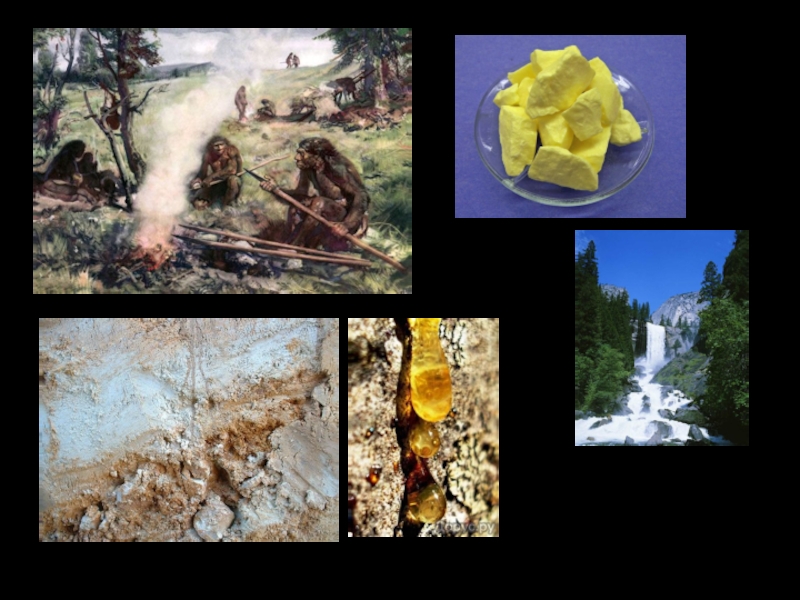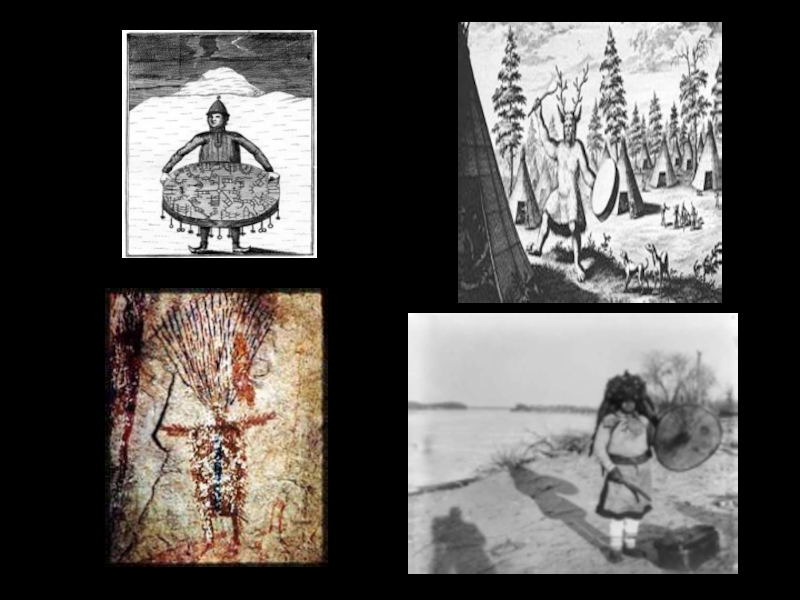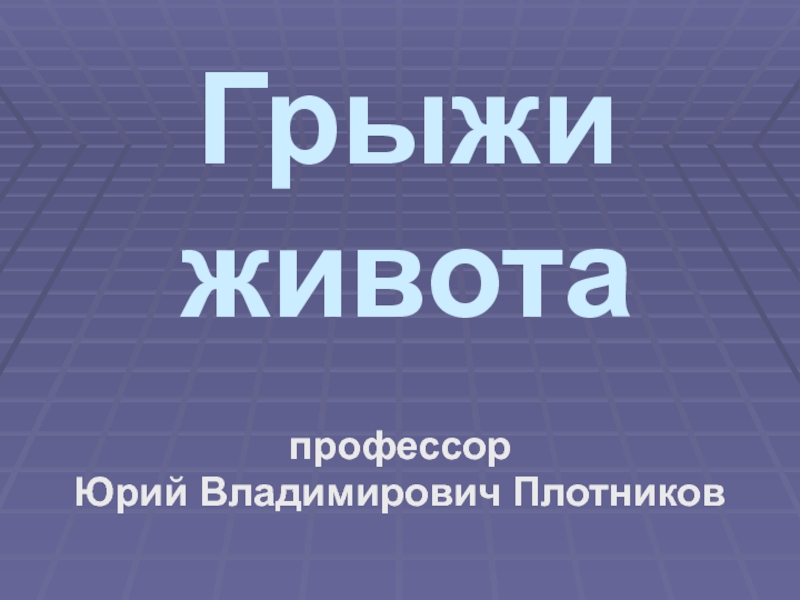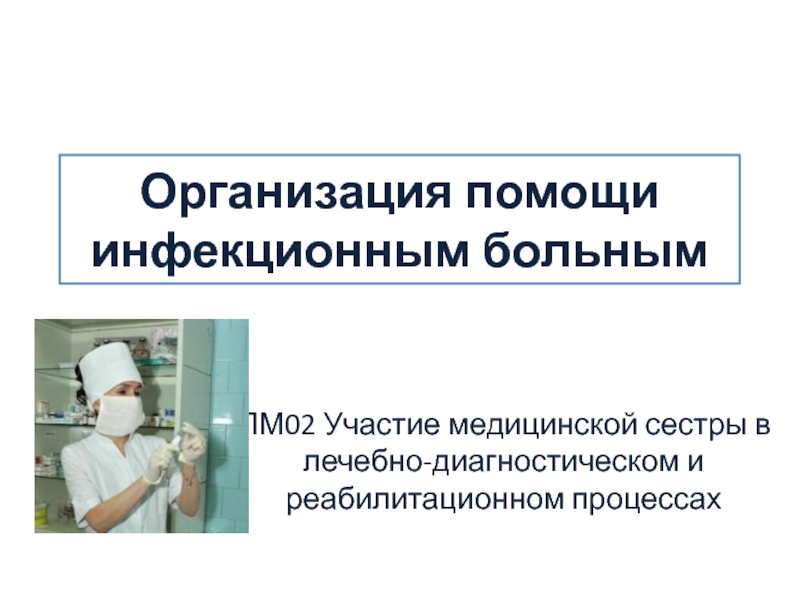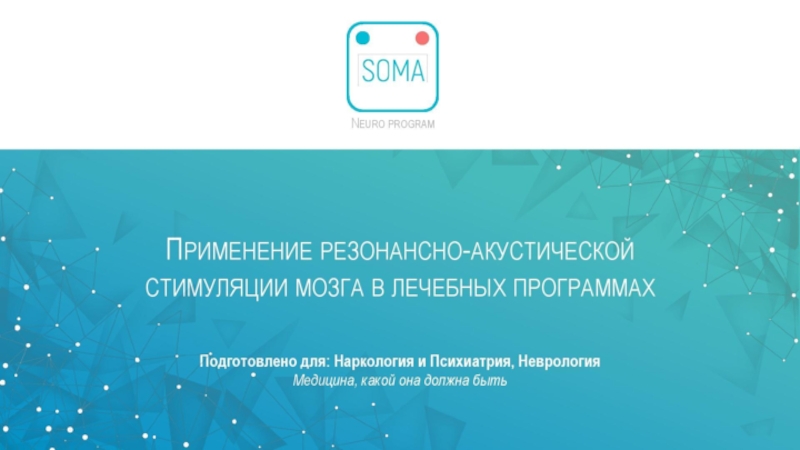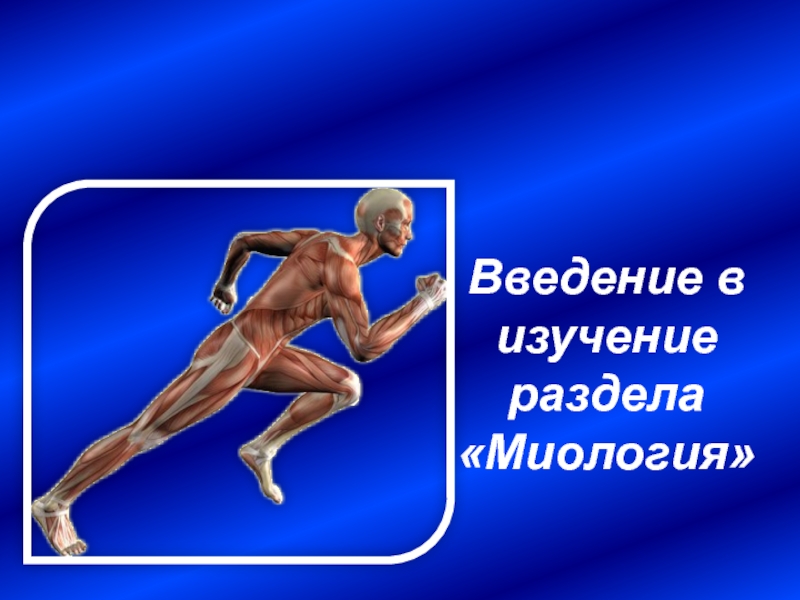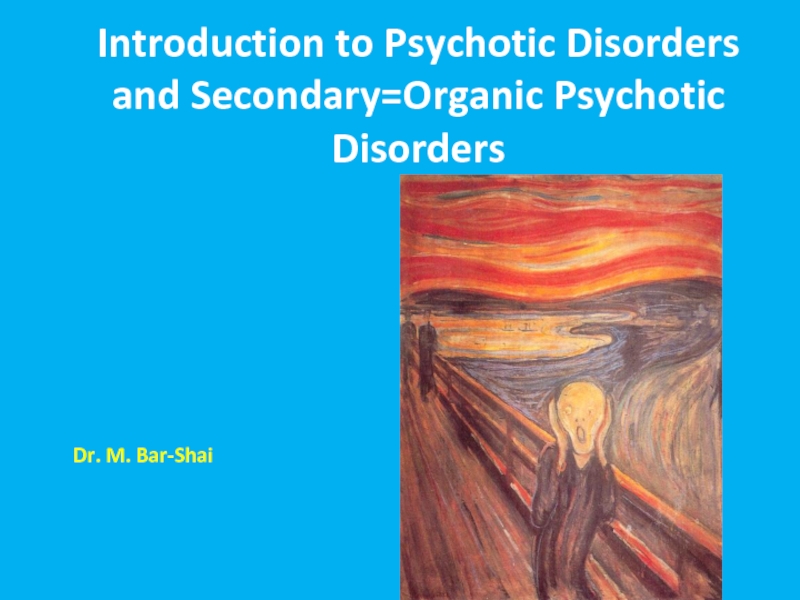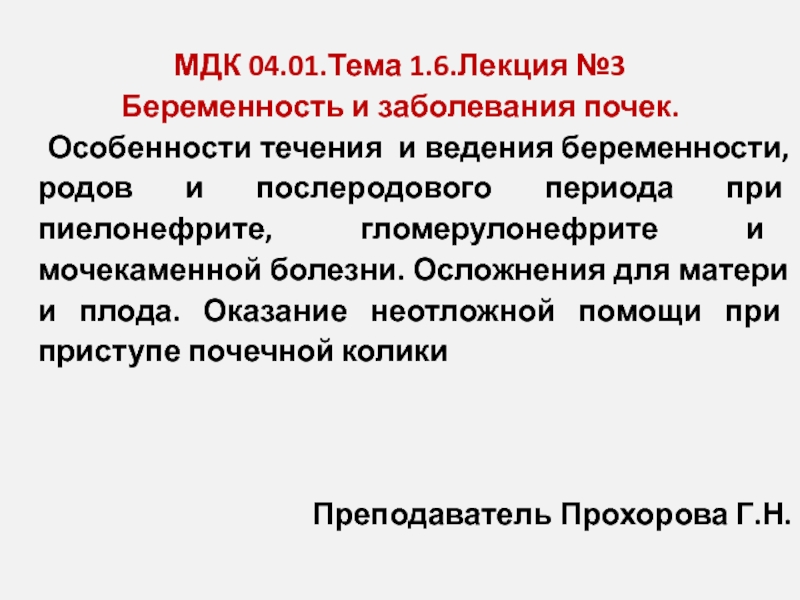- Главная
- Разное
- Дизайн
- Бизнес и предпринимательство
- Аналитика
- Образование
- Развлечения
- Красота и здоровье
- Финансы
- Государство
- Путешествия
- Спорт
- Недвижимость
- Армия
- Графика
- Культурология
- Еда и кулинария
- Лингвистика
- Английский язык
- Астрономия
- Алгебра
- Биология
- География
- Детские презентации
- Информатика
- История
- Литература
- Маркетинг
- Математика
- Медицина
- Менеджмент
- Музыка
- МХК
- Немецкий язык
- ОБЖ
- Обществознание
- Окружающий мир
- Педагогика
- Русский язык
- Технология
- Физика
- Философия
- Химия
- Шаблоны, картинки для презентаций
- Экология
- Экономика
- Юриспруденция
History of medicine as science and subject for study. Prehistoric medicine презентация
Содержание
- 1. History of medicine as science and subject for study. Prehistoric medicine
- 2. STRUCTURE OF COURSE LECTURES CLASSES - MCQ -DISCUSSION -REPORTS
- 3. MEDICINE(lat. medicina, fr. Medicare — to treat)
- 4. History of medicine is more theoretical than
- 5. The study of History of medicine follows
- 6. HISTORICAL SOURCES Comprise all the creations of
- 7. 1. WRITTEN SOURCES
- 8. 2. MATERIAL SOURCES - the archaeological finds, the remains, tools, clothing, dishes etc
- 9. 3.ETHNOGRAPHIC SOURCES - - from Greek 'ethno'
- 10. 4. FOLKLORE SOURCES - - from 'folk'
- 11. 5.LINGUISTIC SOURCES - -reflection of historical reality in verbal forms (e.g. terms, names etc)
- 12. 6. DOCUMENTARY AND PHOTOS - - recording
- 13. 7. AUDIO SOURCES - - a sound
- 14. QUESTIONS FOR REVISION The subject and purposes
- 15. MEDICINE IN PREHISTORIC TIME
- 16. Historical period The defining characteristics Historical
- 17. Historical period: 1. 2 mill. BC —
- 18. The defining characteristics - nomadic - could
- 21. Sources The understanding of prehistoric medical practice
- 22. Excavation Techniques Nomadic lifestyle Warriors/hunters Killed
- 24. Лошадь,15-10 тысячелетие до н.э. Бизон,15-12 тысячелетие до н.э.
- 25. Погребение охотника на мамонтов
- 26. Ideas about causes of diseases influence of
- 28. Totemism
- 29. Magic
- 30. Real causes of diseases in prehistoric time
- 31. TREATMENT Incantations Rituals Magic Dancing Remedies Surgery (trephining, resetting dislocations and fractures, suturing wounds)
- 35. REMEDIES
- 36. HERBAL
- 37. PARTS OF ANIMALS
- 38. MINERALS
- 39. The word Shaman is an English translation
- 41. Healing the spirit is the primary function
- 42. QUESTIONS FOR REVISION How prehistoric medicine reflected
- 43. Topics for reports Prehistoric surgery. Trepanation Primal beliefs. Animism, totemism, fetishism
Слайд 3MEDICINE(lat. medicina, fr. Medicare — to treat) – the science and
HISTORY OF MEDICINE —is the part of general human history.
It examines development of knowleges, related to the treatment of diseases
and saving health.
DEFINITIONS: «MEDICINE», «HISTORY OF MEDICINE»
Слайд 4History of medicine is more theoretical than practical science. It divides
The General History of medicine-
studies the major principles of the historical evolutionof curing diseases
and medical knowlege from ancient time to the present day inclose
association with history, philosophy, natural science and culture
The History of specialized subbranches -
studies the genesis and development of particular fields of medical science
(e.g. history of surgery, history of pediatrics etc).
Also it can help us to understand the role of scientists and their contributions
to the development of particular medical disciplines
Слайд 5The study of History of medicine follows the course of universal
There are 5 big periods in general history;
1.Prehistoric period (2 mill. BC — 4000 BC)
2. The Ancient World (4000 BC — 476 AD)
3. The Middle Ages
- Dark Middle ages (500 — 14 00 AD)
- The Renaissance (1400 — 1640 AD)
4. The Modern time (1640 — 1918 AD)
5. The Contemporary period (since 1918).
Слайд 6HISTORICAL SOURCES
Comprise all the creations of human society that have been
in the forms of material culture, writings, customs, religion, art and traditions
All HISTORICAL SOURCES divide in to 2 groups;
-primary sources— an artefacts, documents, diaries, manuscripts, photos
and other sources of information that was created at the time under study
-secondary sources— comments, research or interpretation that is built on primary sources
The PRIMARY HISTORICAL SOURCES divide in to 7 groups
Слайд 93.ETHNOGRAPHIC SOURCES -
- from Greek 'ethno' — nation and 'grapho' —
- cultural and social phenomena inherited by humanity from the preceding eras: superstitions, beliefes, rituals, drawings on the cave walls etc
Слайд 104. FOLKLORE SOURCES -
- from 'folk' — nation, clan and 'lore'
- representation of the historical reality in oral (non-written) forms as legends, sayings, proverbs, songs, tales etc
Слайд 115.LINGUISTIC SOURCES -
-reflection of historical reality in verbal forms (e.g. terms,
Слайд 126. DOCUMENTARY AND PHOTOS -
- recording or pictures of a historical
Слайд 137. AUDIO SOURCES -
- a sound recording of historical events, which
Слайд 14QUESTIONS FOR REVISION
The subject and purposes of the History of medicine.
Define
Define the term «history of medicine»
Name 2 major branches of the History of medicine
The subject of the General history of medicine
The subject of the History of specialized subbranches
Name the main historical periods in chronological order
Define the term «historical source»
Define the term «primary sources»
What are «secondary sources»
List all groups of historical sources. Describe each group with examples
Слайд 16Historical period
The defining characteristics
Historical sources
Ideas about causes of diseases
Treatment
Remedies
Practitioners
Слайд 17Historical period:
1. 2 mill. BC — 40 000 BC (formation)
2. 40
3. 10 000 BC — 4 000 BC (decline)
Слайд 18The defining characteristics
- nomadic
- could not write
- primitive technology
- first beliefs
Слайд 21Sources
The understanding of prehistoric medical practice is derived from paleopathology,
the
and of the surgical tools of ancient and contemporary non-technological societies.
Although such study is properly the concern of anthropology,
some of the methods and practices have survived,
and have been incorporated into modern medicine.
Anthropologists, people who study the history of humanity,
can only make calculated guesses at what prehistoric medicine was like
by collecting and studying human remains and artifacts.
They have sometimes extrapolated from observations of certain indigenous populations
today and over the last hundred years whose lives have been isolated from other cultures.
Слайд 22Excavation
Techniques
Nomadic lifestyle
Warriors/hunters
Killed away from
Tribe/group
Prehistoric
Burial Traditions
Skeletons not
always helpful
Problems with
Archaeology
Слайд 26Ideas about causes of diseases
influence of spirits
influence of magic
abstraction of the
Слайд 30Real causes of diseases in prehistoric time
Transport and raising of massive
Bad nutrition
No concepts of hygiene
Bites and injures from animals
Injures during huntings
infections
Слайд 31TREATMENT
Incantations
Rituals
Magic
Dancing
Remedies
Surgery (trephining, resetting dislocations and fractures, suturing wounds)
Слайд 39The word Shaman is an English translation of the Tungus word
PRACTITIONERS
Слайд 41Healing the spirit is the primary function of a Shaman.
This
Soul-extraction,
Soul-retrieval,
and Soul-restoration.
Herbal healing
Hands on healing
Слайд 42QUESTIONS FOR REVISION
How prehistoric medicine reflected the ideas and practices of prehistoric
What caused people to be healthy or unhealthy in prehistoric times.
What ideas people in prehistoric times had about the causes and treatment of illness and injuries.
Who provided medical care in prehistoric times.
How much (or whether) medicine changed in prehistoric times.
To what extent developments in medical understanding and practice in prehistoric times affected people's lives.
